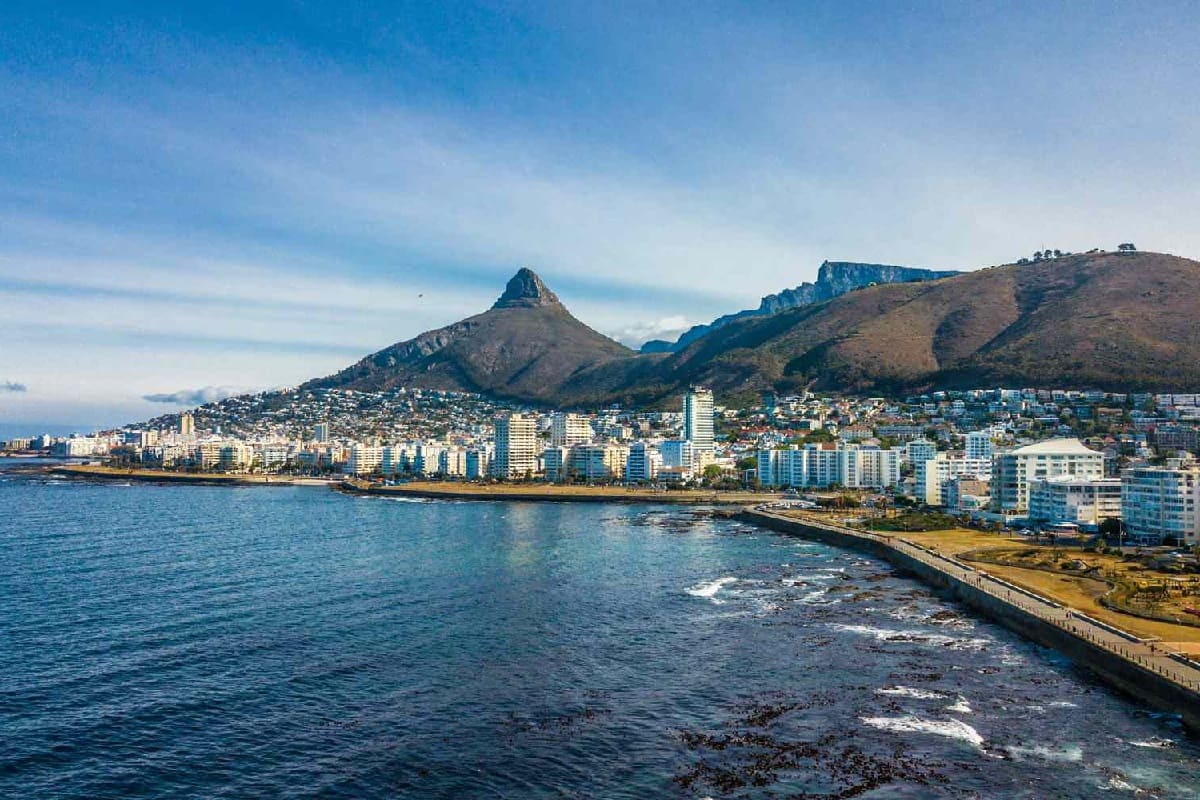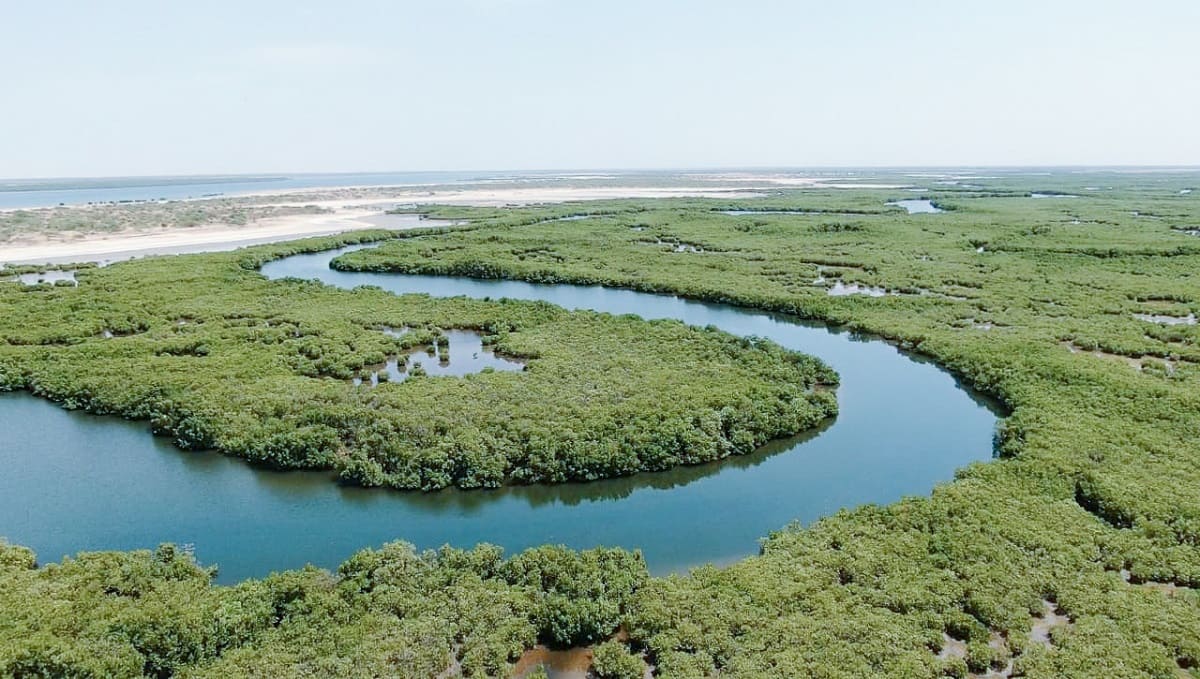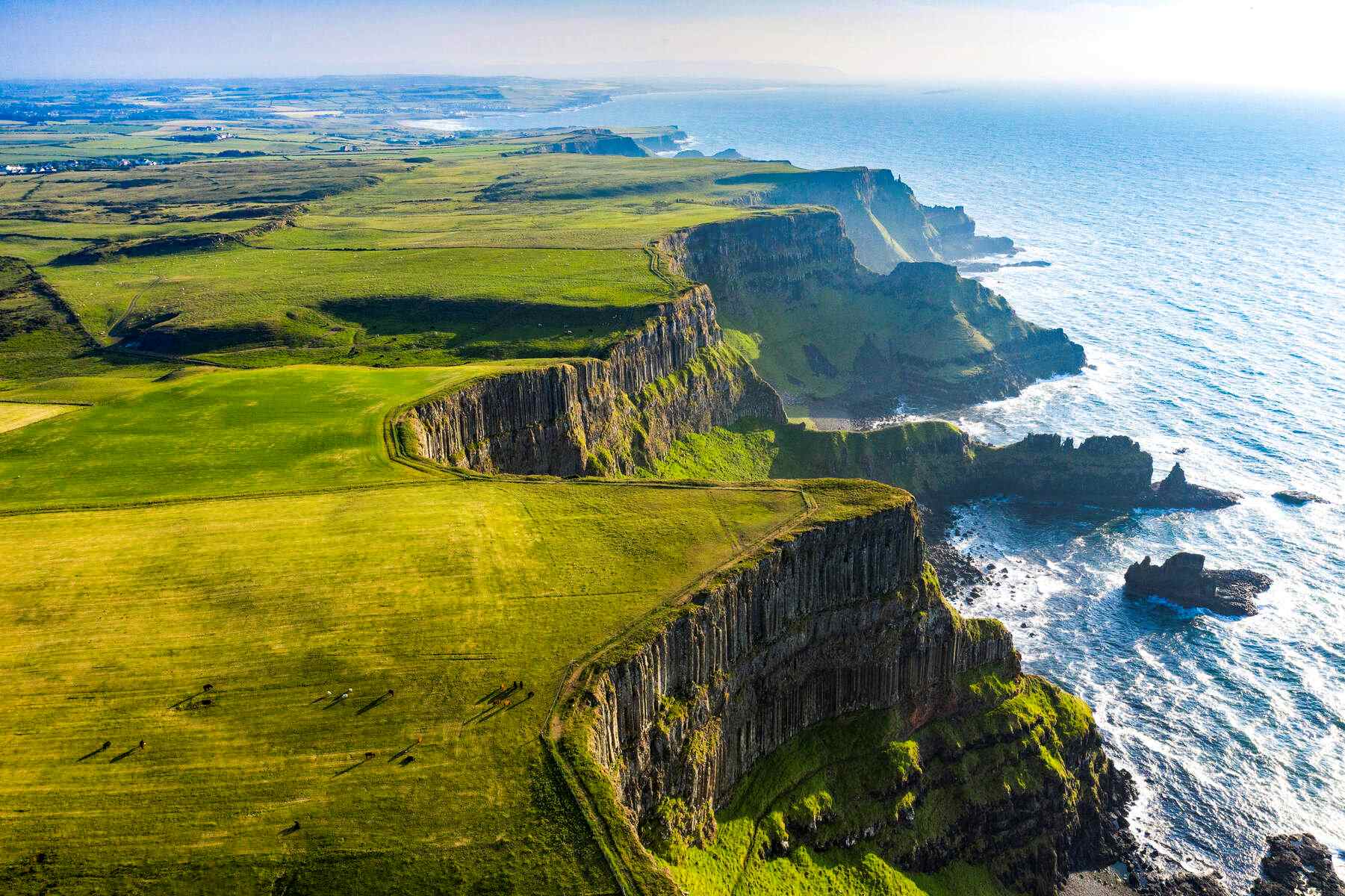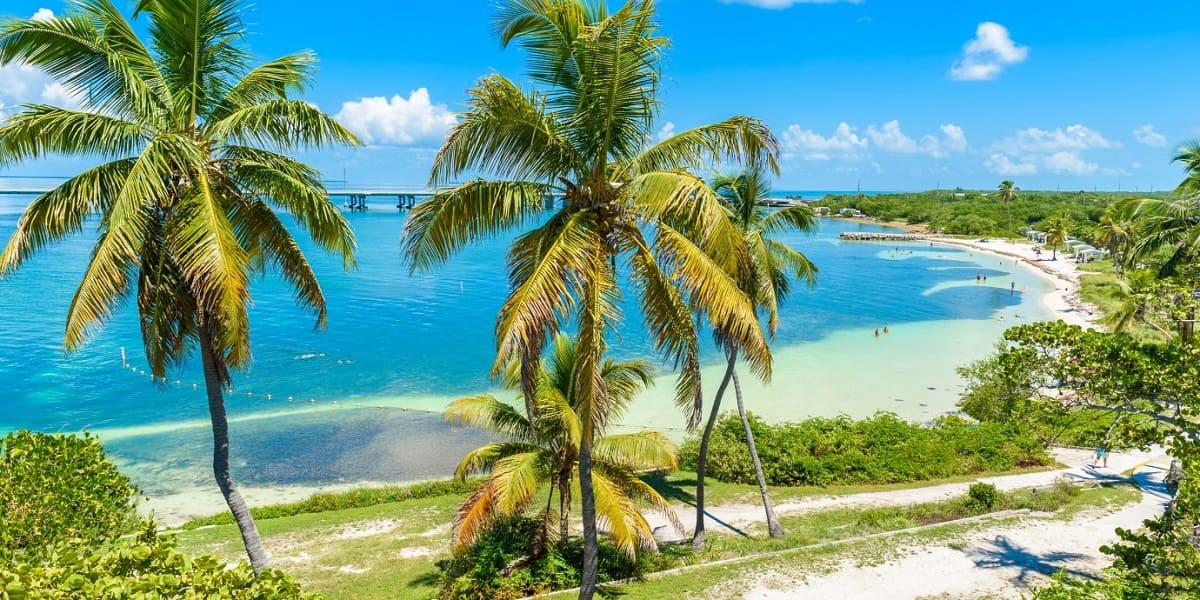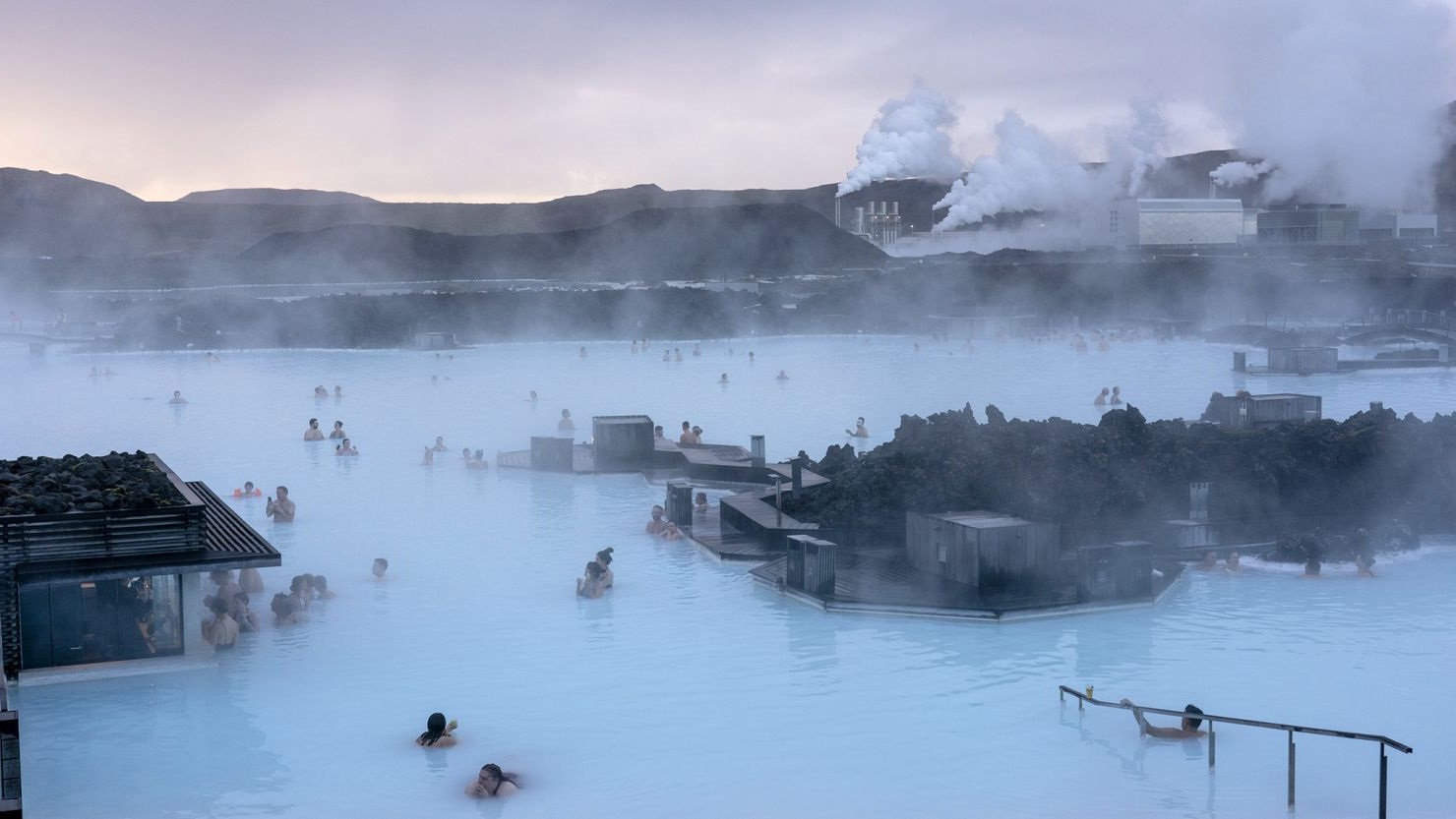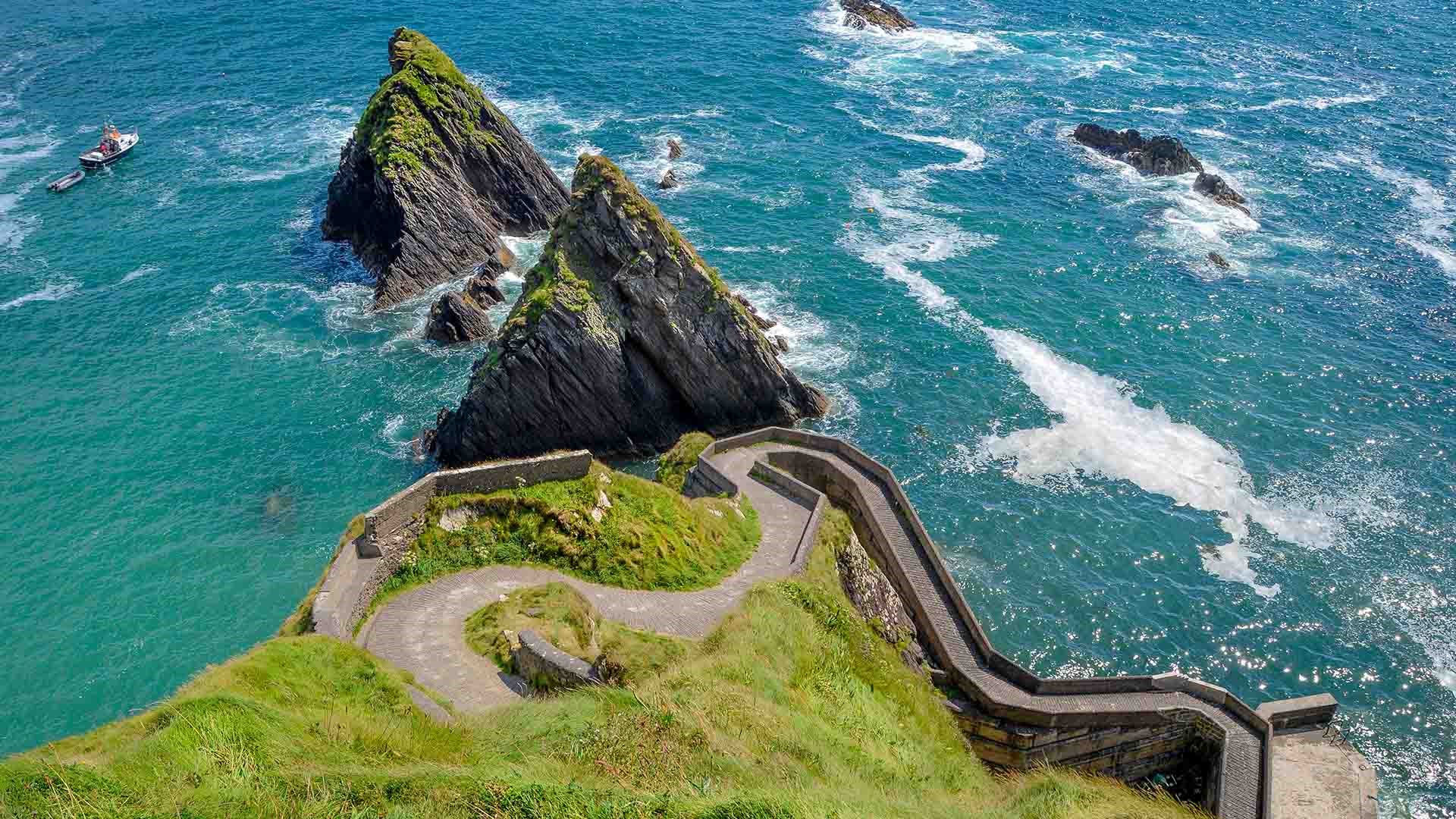Home>Weather and Climate>Understanding Ireland’s Climate: A Comprehensive Guide
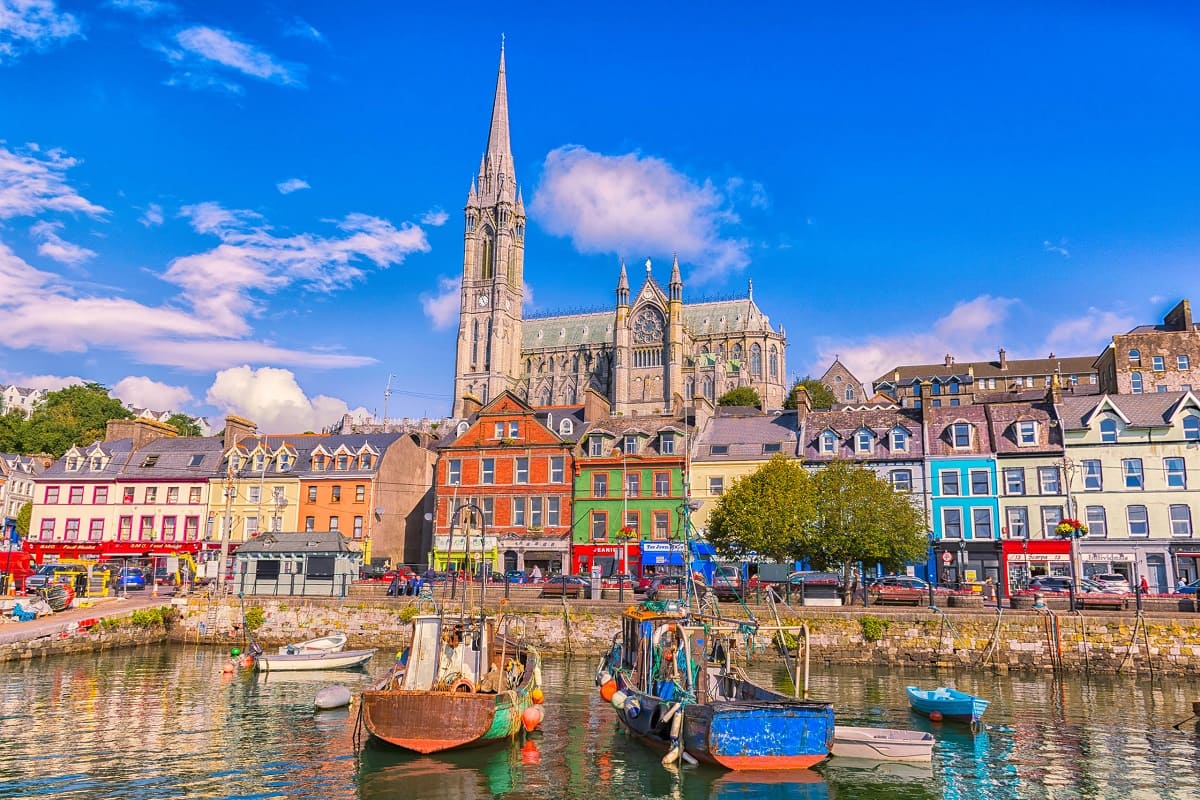

Weather and Climate
Understanding Ireland’s Climate: A Comprehensive Guide
Published: March 1, 2024
Discover the diverse weather and climate of Ireland with our comprehensive guide. Gain insights into the country's unique climate patterns and seasonal variations.
(Many of the links in this article redirect to a specific reviewed product. Your purchase of these products through affiliate links helps to generate commission for Temperatures.com, at no extra cost. Learn more)
Table of Contents
Introduction
Ireland, known for its lush green landscapes and dramatic coastlines, is a country steeped in natural beauty and rich history. Its climate, influenced by its unique geographic location and proximity to the Atlantic Ocean, plays a pivotal role in shaping the environment, agriculture, and overall way of life for its inhabitants. Understanding Ireland's climate is essential for appreciating the country's diverse ecosystems and the challenges it faces in the wake of climate change.
In this comprehensive guide, we will delve into the intricate details of Ireland's climate, exploring its historical climate trends, current climate patterns, and the impact of climate change on this captivating island nation. Additionally, we will examine the adaptation and mitigation strategies being implemented to address the evolving climate challenges. By gaining a deeper understanding of Ireland's climate, we can better appreciate the significance of preserving its natural heritage and fostering sustainable practices for the future.
Ireland's Geographic Location and Climate Factors
Ireland's geographic location, situated on the western edge of Europe, exposes it to the temperate and maritime influences of the Atlantic Ocean. This proximity to the ocean significantly shapes Ireland's climate, resulting in mild temperatures, ample rainfall, and a relatively narrow temperature range throughout the year.
The North Atlantic Drift, an extension of the Gulf Stream, plays a crucial role in moderating Ireland's climate. This warm ocean current brings milder air and water temperatures to the region, preventing extreme temperature fluctuations. As a result, Ireland experiences relatively mild winters and cool summers compared to other locations at similar latitudes.
The prevailing westerly winds, driven by the Atlantic Ocean, contribute to Ireland's high levels of precipitation. The interaction between these moisture-laden winds and the varied topography of the island leads to diverse microclimates, with the western regions generally receiving more rainfall than the eastern areas.
The country's topography, characterized by rolling hills, low mountains, and numerous lakes, further influences its climate. The combination of these geographical features contributes to the formation of localized weather patterns and microclimates, adding to the overall climatic diversity of the island.
Ireland's climate is also influenced by its latitude, with the southern regions experiencing slightly warmer temperatures than the northern areas. Additionally, the country's location on the edge of the European landmass exposes it to occasional influences from continental air masses, leading to fluctuations in weather patterns.
Understanding these geographic and climatic factors is essential for comprehending the nuances of Ireland's climate. The interplay between its location, proximity to the Atlantic Ocean, prevailing winds, and topographical features collectively shapes the unique and diverse climate that defines this captivating island nation.
Historical Climate Trends in Ireland
Ireland's historical climate trends provide valuable insights into the long-term patterns and fluctuations that have shaped the country's weather over the centuries. The historical climate records reveal a complex interplay of natural variability and human influences, offering a compelling narrative of Ireland's climatic evolution.
Over the past few centuries, Ireland has witnessed notable fluctuations in temperature and precipitation patterns. Historical data indicates that the 18th and 19th centuries experienced periods of relatively cooler temperatures, often referred to as the "Little Ice Age." This era was characterized by harsh winters and cooler summers, leaving a discernible imprint on Ireland's agricultural practices and societal resilience.
In contrast, the 20th century saw a discernible shift towards milder conditions, with an overall increase in average temperatures and alterations in precipitation patterns. The latter half of the 20th century, in particular, witnessed a notable uptick in temperatures, aligning with global trends of rising temperatures attributed to human-induced climate change.
Furthermore, historical climate records highlight the impact of extreme weather events on Ireland's landscape and communities. Severe storms, such as the infamous "Night of the Big Wind" in 1839 and the more recent storms Ophelia and Emma, have left indelible marks on the country, underscoring the vulnerability of Ireland's coastal regions to extreme weather phenomena.
The historical climate trends also shed light on the interplay between climate variability and Ireland's ecosystems. The delicate balance of Ireland's peatlands, bogs, and diverse flora and fauna has been influenced by historical climate fluctuations, underscoring the intricate relationship between climate and biodiversity.
By examining these historical climate trends, we gain a deeper appreciation for the dynamic nature of Ireland's climate and the profound impact it has had on the country's cultural, agricultural, and environmental heritage. This historical perspective serves as a vital foundation for understanding the contemporary climate challenges facing Ireland and the imperative of proactive climate action to safeguard its future.
The historical climate trends in Ireland provide a compelling narrative of the country's climatic evolution, offering valuable insights into the long-term patterns and fluctuations that have shaped its weather over the centuries. From the "Little Ice Age" to the notable uptick in temperatures in the 20th century, these historical records illuminate the complex interplay of natural variability and human influences on Ireland's climate. Additionally, the impact of extreme weather events and the intricate relationship between climate variability and Ireland's ecosystems underscore the profound influence of climate on the country's cultural, agricultural, and environmental heritage. Understanding these historical climate trends is essential for comprehending the contemporary climate challenges facing Ireland and the imperative of proactive climate action to safeguard its future.
Current Climate Patterns and Variability
Ireland's current climate patterns exhibit a blend of continuity and change, reflecting the intricate dynamics of global climate systems and regional influences. The prevailing climate in Ireland is characterized by mild, temperate conditions, with a notable degree of variability and localized nuances.
Temperature trends reveal a discernible pattern of increasing average temperatures, aligning with the broader global phenomenon of climate change. Winters have become milder, with a reduction in the frequency of frost days and a noticeable impact on the timing of natural events, such as flowering and bird migration. Conversely, summers have witnessed fluctuations, with occasional heatwaves punctuating the traditionally moderate summer climate.
Precipitation patterns play a pivotal role in shaping Ireland's climate, with the western regions receiving higher average rainfall compared to the east. The variability in precipitation has been a notable feature, with periods of intense rainfall leading to localized flooding, particularly in low-lying areas. The interplay between precipitation variability and land use practices underscores the importance of sustainable water management strategies to mitigate the impact of extreme rainfall events.
The influence of climate variability on Ireland's ecosystems is evident in the intricate balance of its diverse habitats. From the windswept coastal cliffs to the tranquil inland lakes, Ireland's ecosystems reflect the resilience and adaptability of its flora and fauna in response to changing climate patterns. However, the delicate equilibrium of these ecosystems faces increasing pressure from the compounding effects of climate change, emphasizing the urgency of conservation efforts and sustainable land management practices.
The coastal regions of Ireland are particularly susceptible to the impact of climate variability, with rising sea levels and coastal erosion posing significant challenges. The vulnerability of coastal communities and infrastructure necessitates proactive measures to enhance coastal resilience and adapt to the evolving climate dynamics.
Understanding the current climate patterns and variability in Ireland provides a foundation for informed decision-making and proactive climate action. By recognizing the nuances of temperature trends, precipitation variability, and their impact on ecosystems and coastal regions, Ireland can effectively strategize adaptation measures and foster sustainable practices to mitigate the effects of climate change.
The current climate patterns and variability in Ireland reflect the intricate dynamics of global climate systems and regional influences. From increasing average temperatures and precipitation variability to the impact on ecosystems and coastal regions, these climate patterns underscore the imperative of proactive climate action and sustainable practices to safeguard Ireland's natural heritage for future generations.
Impact of Climate Change on Ireland
Climate change has exerted a profound and multifaceted impact on Ireland, reshaping its environmental dynamics, agricultural practices, and societal resilience. The discernible shifts in temperature, precipitation patterns, and extreme weather events underscore the far-reaching consequences of climate change on this captivating island nation.
Rising temperatures have led to a series of interconnected effects, influencing Ireland's ecosystems, agriculture, and public health. The warming climate has triggered alterations in the timing of natural events, disrupting the delicate balance of flora and fauna. Additionally, the agricultural sector has encountered challenges stemming from changing growing seasons and the increased prevalence of pests and diseases, necessitating adaptive strategies to mitigate the impact on crop yields and livestock management.
The intensification of extreme weather events, including storms and heavy rainfall, has amplified the vulnerability of Ireland's coastal regions and low-lying areas. Coastal erosion and flooding pose significant threats to infrastructure, habitats, and communities, necessitating proactive measures to enhance coastal resilience and adaptive land use planning.
Furthermore, the implications of climate change extend to Ireland's water resources, with implications for water availability, quality, and sustainable management. The variability in precipitation patterns, coupled with the heightened risk of drought and flooding, underscores the imperative of implementing robust water conservation and management strategies to safeguard Ireland's freshwater ecosystems and meet the diverse needs of its populace.
The impact of climate change on public health and well-being is also a growing concern, with the potential for heat-related illnesses, air quality issues, and vector-borne diseases to pose significant challenges. Proactive measures to enhance public health resilience and adaptive capacity are essential to mitigate the evolving risks associated with climate change.
In light of these multifaceted impacts, Ireland has been actively engaged in developing adaptation and mitigation strategies to address the challenges posed by climate change. From enhancing coastal defenses and promoting sustainable agricultural practices to fostering renewable energy initiatives and advancing climate-resilient infrastructure, Ireland is striving to proactively address the evolving climate dynamics and build a more sustainable and resilient future.
The impact of climate change on Ireland underscores the urgency of concerted action to mitigate its effects and foster adaptive strategies to safeguard the country's natural heritage, agricultural productivity, and societal well-being. By recognizing the multifaceted implications of climate change and implementing proactive measures, Ireland is poised to navigate the challenges and opportunities presented by a changing climate, ensuring a sustainable and resilient future for generations to come.
Adaptation and Mitigation Strategies
Adaptation and mitigation strategies are pivotal components of Ireland's comprehensive approach to addressing the challenges posed by climate change. These strategies encompass a diverse array of initiatives aimed at enhancing resilience, reducing greenhouse gas emissions, and fostering sustainable practices across various sectors of the economy.
In the realm of coastal management, Ireland has prioritized the development of robust adaptation measures to mitigate the impact of rising sea levels and coastal erosion. This includes the implementation of coastal defense systems, sustainable coastal land use planning, and the restoration of natural coastal habitats to bolster resilience against extreme weather events and sea level rise.
In the agricultural sector, adaptive strategies play a crucial role in navigating the evolving climate dynamics. From promoting climate-resilient crop varieties and sustainable land management practices to integrating precision agriculture technologies, Ireland is actively fostering adaptive capacity within its agricultural community. Furthermore, initiatives aimed at enhancing water conservation and efficient irrigation techniques contribute to building agricultural resilience in the face of changing precipitation patterns.
Mitigation efforts in Ireland are centered on reducing greenhouse gas emissions and transitioning towards a low-carbon economy. The promotion of renewable energy sources, such as wind and solar power, has been a cornerstone of Ireland's mitigation strategy, aiming to decrease reliance on fossil fuels and curb carbon emissions. Additionally, energy efficiency measures across industries, transportation, and residential sectors contribute to Ireland's overarching goal of mitigating climate change impacts.
Sustainable urban planning and infrastructure development form integral components of Ireland's adaptation and mitigation strategies. By prioritizing green infrastructure, sustainable transportation systems, and energy-efficient building designs, Ireland seeks to reduce carbon footprints and enhance urban resilience in the face of climate change.
Furthermore, Ireland's commitment to biodiversity conservation and ecosystem restoration aligns with its adaptation and mitigation endeavors. By preserving and restoring natural habitats, implementing reforestation initiatives, and promoting sustainable land use practices, Ireland aims to bolster ecosystem resilience and mitigate the impact of climate change on its rich biodiversity.
The collective efforts encompassing adaptation and mitigation strategies underscore Ireland's proactive stance in addressing the multifaceted challenges posed by climate change. By fostering resilience, reducing emissions, and embracing sustainable practices, Ireland is charting a path towards a more sustainable and climate-resilient future, ensuring the preservation of its natural heritage and the well-being of its populace.
Conclusion: Looking to the Future
As Ireland navigates the complexities of a changing climate, it stands at a pivotal juncture, poised to shape a sustainable and resilient future for generations to come. The multifaceted impact of climate change, coupled with the proactive adaptation and mitigation strategies being implemented, underscores the imperative of charting a forward-looking trajectory that prioritizes environmental stewardship, societal well-being, and economic sustainability.
Looking to the future, Ireland's commitment to fostering climate resilience and sustainability is paramount. Embracing innovative technologies and practices that reduce greenhouse gas emissions, enhance energy efficiency, and promote renewable energy sources will be instrumental in advancing Ireland's transition towards a low-carbon economy. By leveraging these initiatives, Ireland can position itself as a leader in sustainable development and contribute to global efforts aimed at mitigating the impacts of climate change.
Furthermore, the preservation and restoration of Ireland's diverse ecosystems and natural habitats are fundamental to safeguarding its rich biodiversity and enhancing ecological resilience. Through strategic conservation measures, reforestation initiatives, and sustainable land management practices, Ireland can fortify its natural heritage and create a thriving environment for its flora and fauna to flourish in the face of evolving climate dynamics.
The integration of climate-resilient infrastructure, sustainable urban planning, and adaptive coastal management strategies will be pivotal in enhancing Ireland's resilience to extreme weather events and rising sea levels. By prioritizing these measures, Ireland can bolster the resilience of its coastal communities, protect critical infrastructure, and ensure the sustainable development of its urban centers, fostering a harmonious coexistence with the natural environment.
Education, awareness, and community engagement will play a central role in shaping Ireland's climate-resilient future. By fostering a culture of environmental stewardship, promoting climate literacy, and empowering communities to embrace sustainable practices, Ireland can cultivate a collective ethos of responsibility towards the preservation of its natural resources and the mitigation of climate change impacts.
In essence, as Ireland looks to the future, it has the opportunity to embrace a holistic approach that harmonizes environmental sustainability, economic prosperity, and societal well-being. By forging ahead with determination, innovation, and a steadfast commitment to proactive climate action, Ireland can pave the way for a resilient, sustainable, and vibrant future, ensuring that its natural beauty and cultural heritage endure for generations to come.

